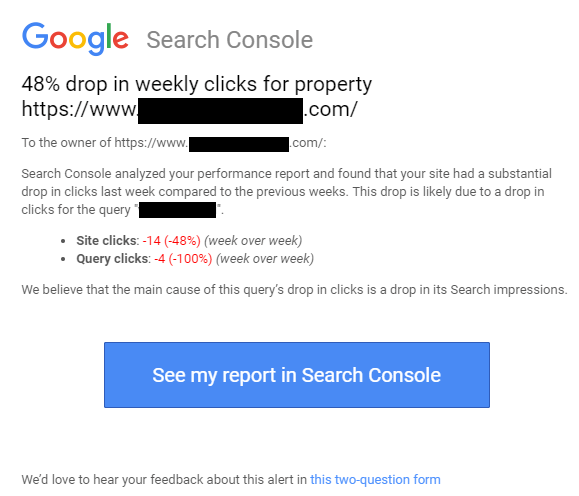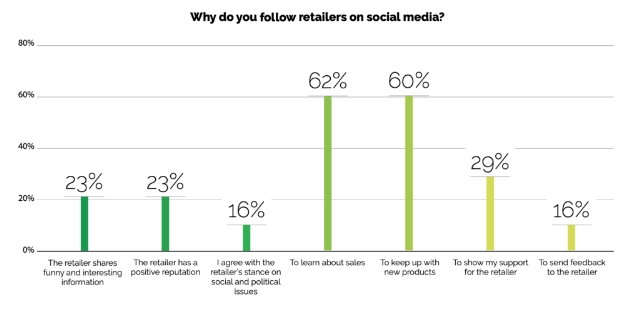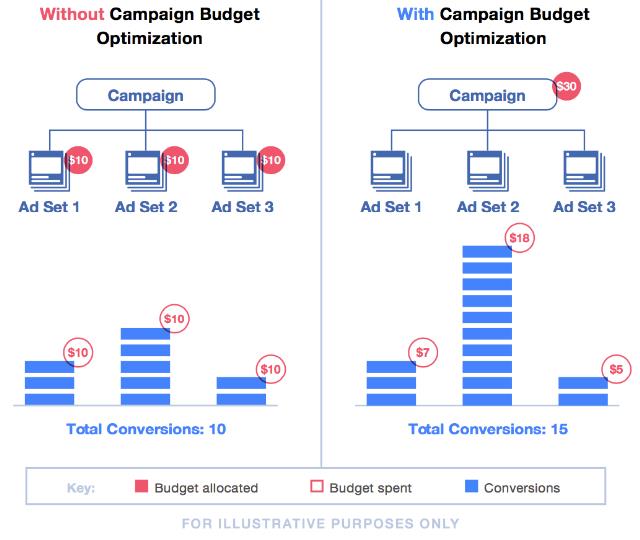Google’s call-only ads are an incredibly powerful tool for companies who primarily do business through the phone. Not only can they get your phone to ring when nothing else will, they are entirely trackable so you will know when your ads drive calls and where those calls come from.
Now, Google is making the ads even better with expanded headlines and descriptions.

Specifically, call-only ads will now include two 30-character headlines instead of a single 25-character headline.
Descriptions for call-only ads will also be expanded from 80 to 90 characters.
Another small tweak is the placement of business names in the ads, which are being moved to the description line.
“We noticed it was tough to fit both your business name and a compelling call to action in the headline, so we moved business name to the beginning of the ad description,” Mike Russo, a Google Ads product manager, said in the announcement.
The change makes headlines even more important than ever, as your brand name will no longer be the first thing included in the ad. The upside, however, is that a great headline can help you break past the competition and find success with your ads no-matter how well-known your brand is.
The new format is currently rolling out, though it may take a few weeks for the change to reach all advertisers.







